#antebellum south
Text

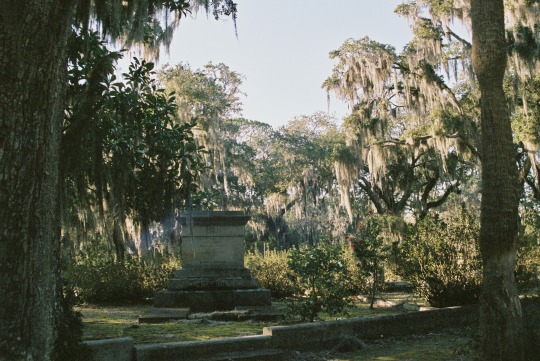

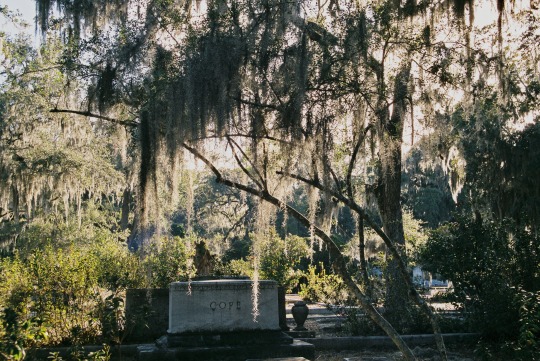


Bonaventure Cemetery
Savannah, Georgia
#Georgia#film photography#35mm#analogue#photographers on tumblr#original photography#southern goth aesthetic#southern gothic#cemetery#Savannah#bonaventure cemetery#spanish moss#oak trees#abandoned#civil war#antebellum south#antebellum era#spooky#old growth forest#reclaimed by nature
747 notes
·
View notes
Text

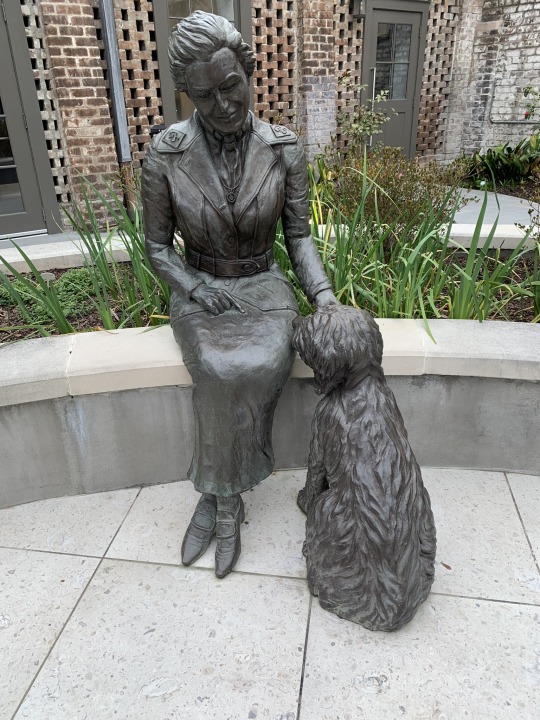

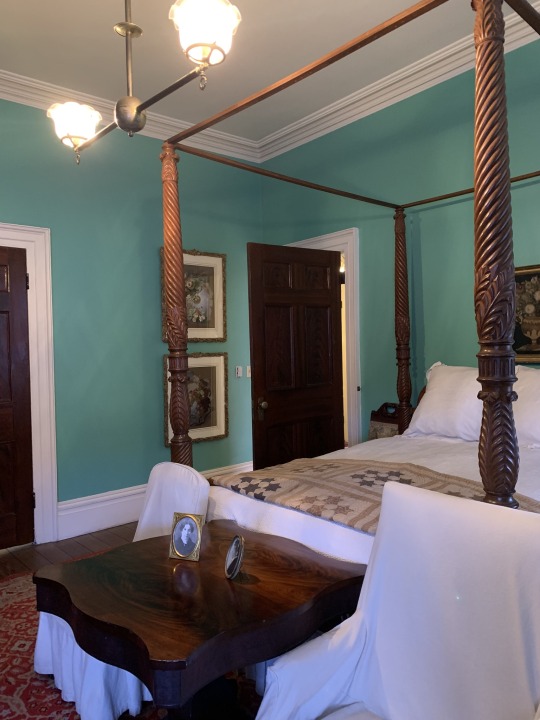







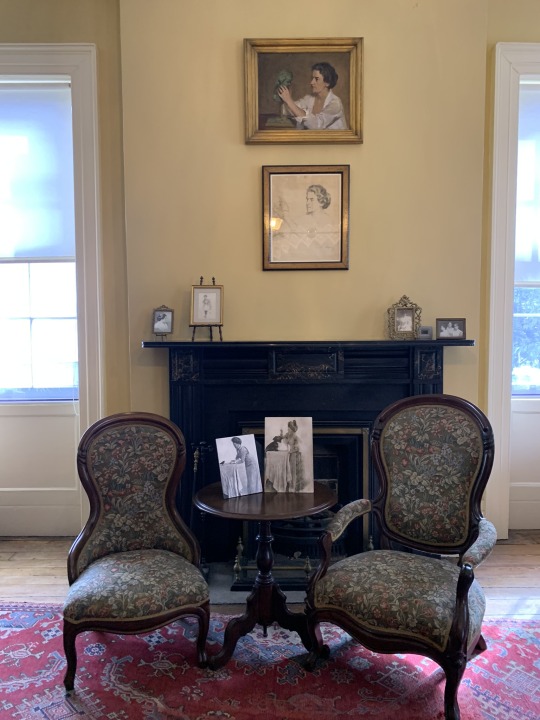

February 5, 2023
Juliette Gordon Low Birthplace
Savannah, Georgia
#photography#georgia#savannah#savannah ga#savannah georgia#juliette gordon low#daisy low#girl scouts#scouting#history#historical site#buildings#old south#antebellum south
29 notes
·
View notes
Text

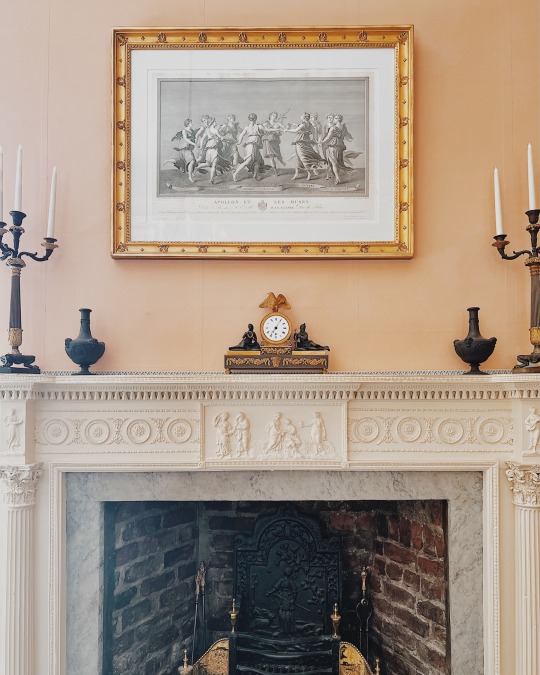




The Nathaniel Russell house, Charleston, South Carolina xx
#my photos#house museum#Nathaniel Russell house#charleston#south carolina#historic homes#19th century#1800s#interior#historic preservation#mine#travel#dark academia#light academia#academia aesthetic#southern gothic#antebellum south#historic architecture#architecture details#historic house#old houses#colonial america#georgian#queue
71 notes
·
View notes
Text

A sobering excavation of how deeply nineteenth-century American banks were entwined with the institution of slavery.
It’s now widely understood that the fullest expression of nineteenth-century American capitalism was found in the structures of chattel slavery. It’s also understood that almost every other institution and aspect of life then was at least entangled with—and often profited from—slavery’s perpetuation. Yet as Sharon Ann Murphy shows in her powerful and unprecedented book, the centrality of enslaved labor to banking in the antebellum United States is far greater than previously thought.
Banking on Slavery sheds light on precisely how the financial relationships between banks and slaveholders worked across the nineteenth-century South. Murphy argues that the rapid spread of slavery in the South during the 1820s and ’30s depended significantly upon southern banks’ willingness to financialize enslaved lives, with the use of enslaved individuals as loan collateral proving central to these financial relationships. She makes clear how southern banks were ready—and, in some cases, even eager—to alter time-honored banking practices to meet the needs of slaveholders. In the end, many of these banks sacrificed themselves in their efforts to stabilize the slave economy. Murphy also details how banks and slaveholders transformed enslaved lives from physical bodies into abstract capital assets. Her book provides an essential examination of how our nation’s financial history is more intimately intertwined with the dehumanizing institution of slavery than scholars have previously thought.
#slavery#american history#history of capitalism#finance#antebellum south#new books#sharon ann murphy
13 notes
·
View notes
Text
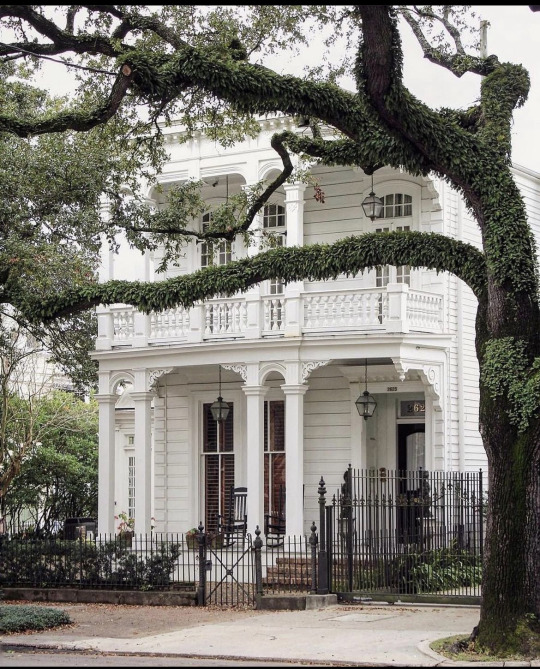
For the love of southern architecture
#southern aesthetic#southern#southeast#southern living#southern architecture#architecture#antebellum south#antebellum architecture#preppy#house#photography#curators on tumblr#southern us#new orleans#Nola#new orleans la#louisiana#coastal#gulf coast
25 notes
·
View notes
Text
The twofold existence of the slave as person and property can be traced to the forms of domination and coercion, accumulation and production which were integral to racial slavery. The law attempted to manage this tension or conflict between the slave as subject of limited sentience and as implement of production by making more robust the language of person and human in slave statute. This effort was vital to maintaining the dominance of the slave-owning class, particularly in a period of national crisis concerning the institution. The increasing recognition of the slave person in the period 1830–1860 was an effort to combat the abolitionist polemic about the degradations of chattel status and the slave’s lack of rights. The double life of the slave was neither a matter of an essential ethical contradiction nor a conflict between bourgeois and slave relations (a viewpoint which assumes that racial slavery is not foundational to capitalism, but a precursor); it was an expression of the multivalence of subjection. The dual invocation quite easily accommodated the restricted recognition of the slave as person and the violence necessary to the creation of value and management of a captive population, since the figuration of the human in slave law was totally consonant with the domination of the enslaved. The acknowledgment of the slave as person was not at odds with her existence as a sentient object with a value in circulation or with the structural requirements of racial slavery, not did it challenge the social relations of the antebellum world.
The dual invocation of law extended and constricted the rights of ownership as was necessary for the preservation of the institution. On one hand, there was increased liability for white violence committed against slaves; on the other, the law continued to decriminalize the violence thought necessary to the existence and reproduction of the institution. What never changed was the submission and obedience demanded of the slave. If anything, the prohibitions and interdictions designed to regulate the violent excesses of slavery extended this violence in the garb of sentiment. The recognition of the slave as subject and the figuration of the captive person in law served to explicate the meaning of dominion. To be subject in this manner was no less brutalizing than being an object of property.
Saidiya Hartman, Scenes of Subjection: Terror, Slavery, and Self-Making in Nineteenth-Century America
#quote#saidiya hartman#afropessimism#slavery#antiblackness#humanism#racial capitalism#white supremacy#antebellum south#*ayden
47 notes
·
View notes
Text
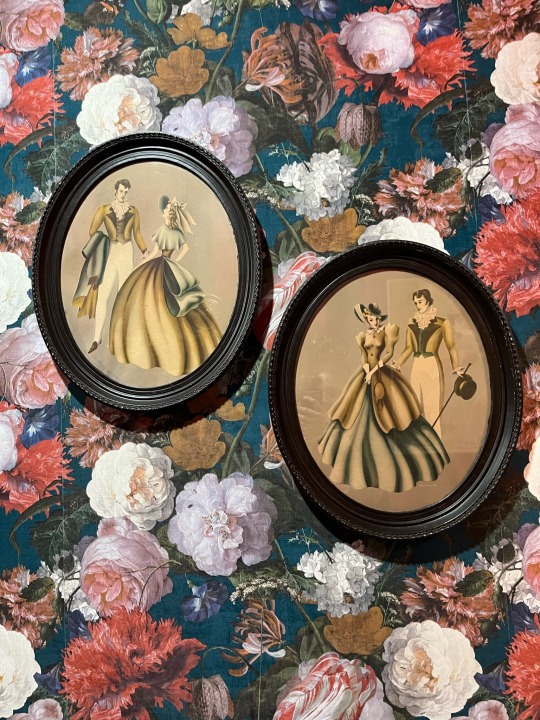
#vintage#antebellum south#antebellum era#cottegecore#dark academia#light academia#southern gothic#coquette#coqette
5 notes
·
View notes
Text

13 notes
·
View notes
Text
Underground Railroad: a gay slave rides a real railroad in the surrealist South
The Underground Railroad was a network of safe houses and allies that helped enslaved African-Americans escape to the North, or after the Fugitive Slave Act, to Canada.

The 2023 tv miniseries suggests that it was a real railroad, a series of trains and tunnels run by an intricate bureaucracy. As Cora and her friends and love interests head north, pursued by slave-catcher Arnold Ridgeway, they encounter bizarre communities and have adventures that comment on the racism in the pre-Civil War South and the contemporary U.S. I reviewed Chapter 1, "Georgia."
Scene 1: Surreal montage of people running backwards, falling into a chasm, being all bloody, and finally Cora telling us: "The first and last thing my mama gave me was apologies." Cut to Caesar (Aaron Pierre, left) asking Cora to head north with him, for "good luck." She refuses. The way they keep pushing their heads at each other, they appear to be a romantic couple.
Scene 2: Whooping and dancing in the slave compound. Cora brings the older Jockey some food. Their owners appear: Terrence (Benjamin Walker, left), who runs the other half of the plantation, disapproves of the "lenient" way that James treats his slaves. So they ask a kid to recite the Declaration of Independence. They mean the Declaration of Secession, so the Civil War is on. How is anyone heading North? He can't do it right, and he accidentally touches them, so Terrence has him beaten to death. And Cora, for intervening. They are left chained to the whipping post all night.
Scene 3: In the morning, the ladies tend to Cora's wounds, and Caesar takes her home. Later, his wife Frances says "I know about men like you. You sneak off in the night and roll around in the swamp with other mens on your back." Ok, so Caesar is gay. She's fine with it, but master brought them together to reproduce, and if they don't, Master Randall will cut off his dick, so get with your husbandly duties!
Scene 4: Prideful (Lucius Baston), the black overseer, tells Cora that she's being moved. She resists (I can't imagine why -- her new owner can't be much worse).
Cut to James walking through the woods. He's nice to a little boy named Hezekiah then coughs and collapses.
Cut to Terrence in the fields, telling the slaves that his brother James has died, so now he owns the whole plantation, and will stop being "lenient": no more parties, no more outside work, and he'll be overseeing the "breeding," Perv just wants to watch couples doing it. He also wants to have sex with Cora.
Scene 5: Slave catcher Ridgeway (Joel Edgerton, left and below and his assistant, a young black kid named Homer (Chase W. Dillon), have a very muscular escaped slave, Big Anthony (Elijah Everett), in a cage. They return him to Terrence's plantation.
Ridgeway advises Terrence to place some moles in the fields to rat out talk of escape. An underground railroad has appeared to abet runaways. Terrence doesn't believe it, but Ridgeway asks him why some escaped slaves disappear forever, as if they've gone to a new world. An alternative reality with no slave trade?
The full review, with nude frontal and rear photos, is on Righteous Gemstones Beefcake and Boyfriends
5 notes
·
View notes
Text
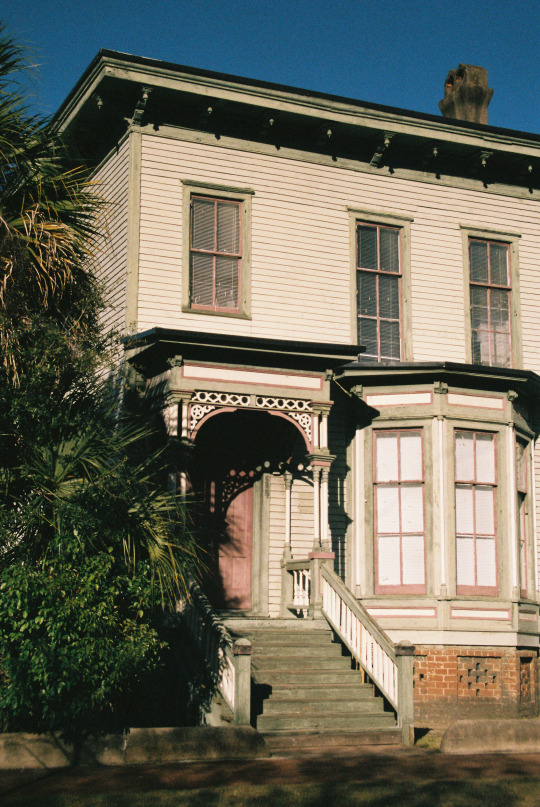
♥
Savannah, Georgia
#Georgia#film photography#35mm#analogue#antebellum#antebellum south#southern gothic#southern goth aesthetic#antebellum architecture#victorian aesthetic#victorian gothic#victorian architecture#Savannah#ghost coast
31 notes
·
View notes
Text

5 notes
·
View notes
Text


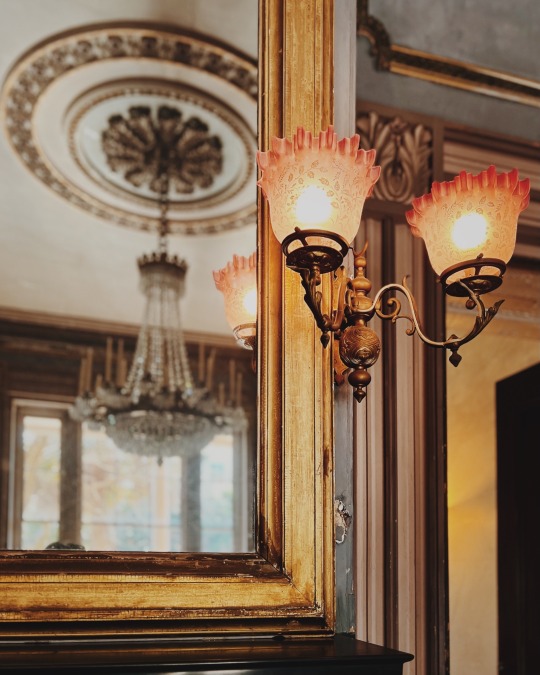




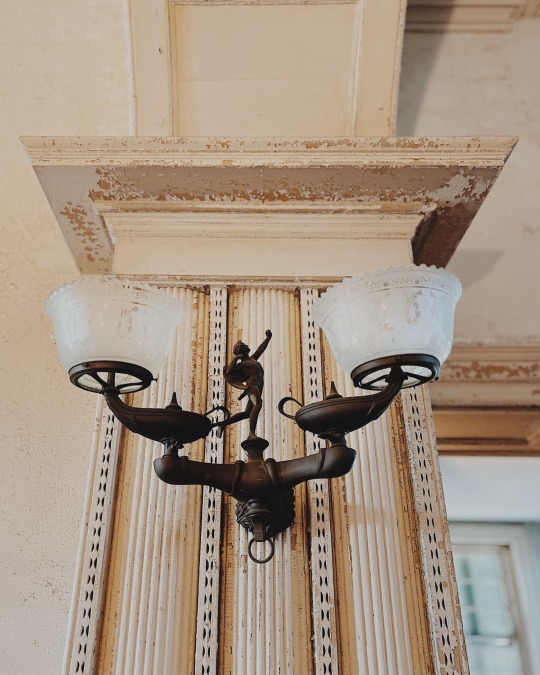
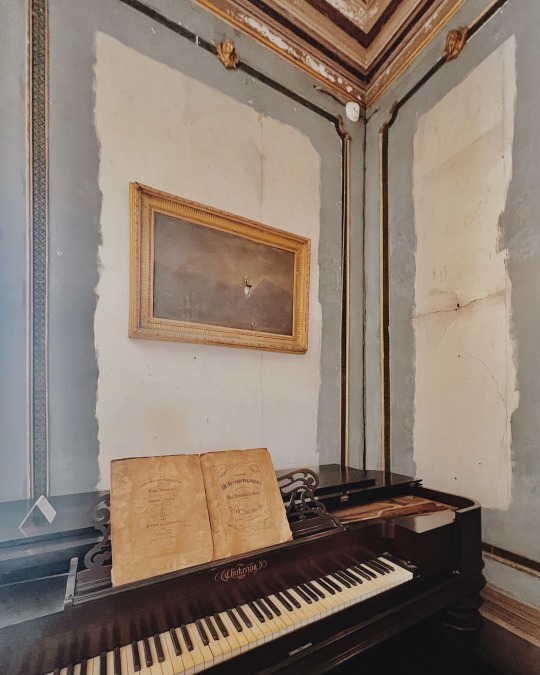
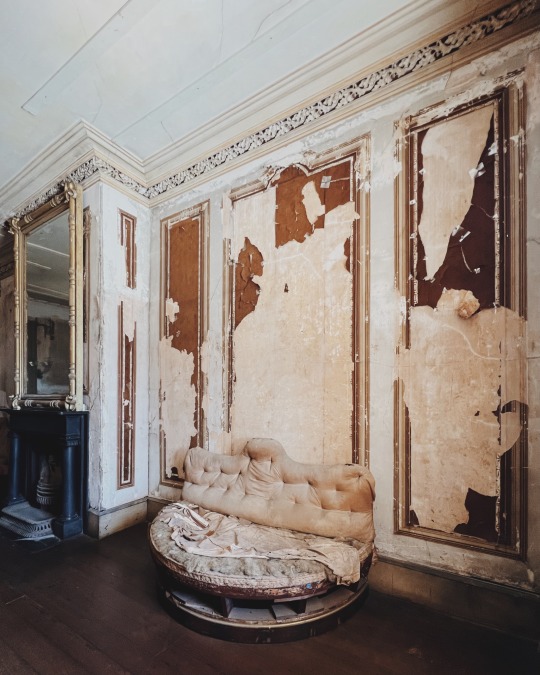
beauty & decay // Aiken-Rhett house, Charleston, South Carolina
#my photos#aiken-rhett house#charleston#south carolina#southern gothic#deep south#antebellum south#antebellum architecture#vintage#vintage vibes#decay#historic district#historic preservation#history lover#old house#dark academia#dark academia aesthetic#dark aesthetic#grunge#royalcore#gothic americana#gothic vibes#19th century#1800s#interior#mine#photography#travel#queue
28 notes
·
View notes
Text

i'm so obsessed w how nutty this dude was
john c calhoun rlly said imma b raciest until the end
#john c calhoun#american history#civil war#blue hair and pronouns#rlly pink hair but still#antebellum south#antebellum#american civil war
1 note
·
View note
Text
Nullification Crisis Babies
An animated film about the Nullification Crisis of 1832, wherein all the US politicians involved are infantilized versions of themselves akin to the Muppet Babies.
#bad idea#movie pitch#pitch and moan#nullification#nullification crisis#us history#american history#andrew jackson#john c calhoun#henry clay#daniel webster#robert y hayne#muppets#muppet babies#animation#animated film#cartoon#antebellum south#us constitution
6 notes
·
View notes
Text
The historian Susan O'Donovan has argued that the South was a region "where the slaveries were many" and where "freedom often assumed numerous and differently gendered shapes." Although she was speaking about the experience of enslaved people in particular, her conceptualization of many freedoms is also useful for understanding the circumstances that the white women discussed in this book confronted and created. For them, slavery was their freedom. They created freedom for themselves by actively engaging and investing in the economy of slavery and keeping African Americans in captivity. Their decisions to invest in the economy of slavery, and the actions that followed those decisions, were not part of a grand scheme to secure women's rights or gender equality. Nevertheless, slave ownership allowed southern women to mitigate some of the harshest elements of the common law regime as it operated in their daily lives. Women's economic investments in slavery, especially when they used legal loopholes to circumvent legal constraints, allowed them to interact with the state and their communities differently. And these women's actions challenge current understandings of white male dominance within southern households and communities in the antebellum era. [...]
The story of these women's economic investments in slavery, I shall argue, tells us much about their economic roles in the institution and the process of nation-making that historians did not know (or want to know) about before. The economic historian Sven Beckert has argued that "slavery was a key part of American capitalism" and that "slave plantations, not railroads, were in fact America's first 'big business.'" If we examine women's economic investments in slavery, rather than simply their ideological and sentimental connections to the system, we can uncover hitherto hidden relationships among gender, slavery, and capitalism. The products of these women's economic investment--the people they owned-- including the wages enslaved people earned when hired out to others, the cash crops they cultivated, picked, and packed for shipment, and the babies they nursed, were fundamental to the nation's economic growth and to American capitalism.
They Were Her Property: White Women as Slave Owners in the American South by Stephanie E. Jones-Rogers (New Haven: Yale University Press, 2019).
2 notes
·
View notes
Text
In 1860, the majority of people living in South Carolina and Mississippi, almost half of those living in Georgia, and about one-third of all Southerners were on the wrong side of Calhoun’s line. The state with the largest number of enslaved Americans was Virginia, where in certain counties some 70 percent of all people labored in chains. Nearly one-fourth of all white Southerners owned slaves, and upon their backs the economic basis of America—and much of the Atlantic world—was erected. In the seven cotton states, one-third of all white income was derived from slavery. By 1840, cotton produced by slave labor constituted 59 percent of the country’s exports. The web of this slave society extended north to the looms of New England, and across the Atlantic to Great Britain, where it powered a great economic transformation and altered the trajectory of world history. “Whoever says Industrial Revolution,” wrote the historian Eric J. Hobsbawm, “says cotton.”
The wealth accorded America by slavery was not just in what the slaves pulled from the land but in the slaves themselves. “In 1860, slaves as an asset were worth more than all of America’s manufacturing, all of the railroads, all of the productive capacity of the United States put together,” the Yale historian David W. Blight has noted. “Slaves were the single largest, by far, financial asset of property in the entire American economy.” The sale of these slaves—“in whose bodies that money congealed,” writes Walter Johnson, a Harvard historian—generated even more ancillary wealth. Loans were taken out for purchase, to be repaid with interest. Insurance policies were drafted against the untimely death of a slave and the loss of potential profits. Slave sales were taxed and notarized. The vending of the black body and the sundering of the black family became an economy unto themselves, estimated to have brought in tens of millions of dollars to antebellum America. In 1860 there were more millionaires per capita in the Mississippi Valley than anywhere else in the country.
— The Case for Reparations (Ta-Nehisi Coates)
#ta-nehisi coates#the case for reparations#history#economics#racism#slavery#poverty#manufacturing#banking#loans#insurance#agriculture#family#industrial revolution#usa#britain#antebellum america#antebellum south#african americans#south carolina#mississippi#georgia (usa)#virginia#eric hobsbawm#david w. blight#walter johnson#cotton
2 notes
·
View notes